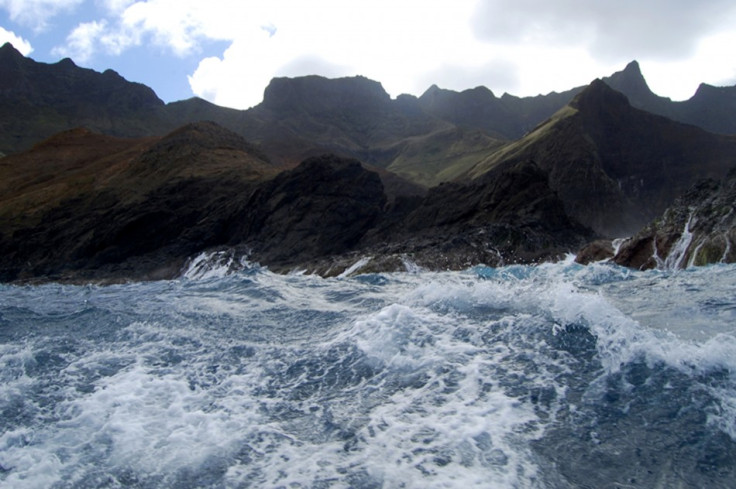Warming Pacific melting tonnes of methane from seafloor deposits off US coast, finds study

The intermediate layers of the Pacific Ocean are warming at a rate that can cause carbon deposits on the seafloor to melt and release large amounts of methane into the water.
In fact, the last four decades have seen almost 4m tonnes of methane released from hydrate decomposition off Washington, says a study.
Methane is a greenhouse gas, many times more potent than carbon dioxide in warming the planet.
Research from the University of Washington shows that water off the coast of Washington is gradually warming at a depth of 500 meters. That is the depth where methane transforms from a solid to a gas.
"We calculate that methane equivalent in volume to the Deepwater Horizon oil spill is released every year off the Washington coast," said Evan Solomon, a University of Washington assistant professor of oceanography.
Four decades of temperature data show deeper waters have surprisingly been warming the most due to climate change.
The warming water is believed to come from the Sea of Okhotsk, between Russia and Japan, where surface water becomes very dense and spreads east across the Pacific, taking a decade or two to cross the Pacific and reach the Washington coast.
In a warming ocean, the boundary between frozen and gaseous methane would move deeper and farther offshore. Since 1970 the Washington boundary has moved about 1km offshore. By 2100, the boundary for solid methane would move another 1 to 3kms out to sea, calculates the paper.
The Pacific Northwest has unusually large deposits of methane hydrates formed under cold temperatures and high pressures. Taken along with deposits along the coasts around the world, the potential for damage is high.
The released methane gas could be partly consumed by bacteria and partly absorbed causing water to become acidic and oxygen-deprived. Some methane can rise to the surface and reach the atmosphere to add to global warming.
Recent discovery of 500 methane vents on the Atlantic ocean sea floor off the US coast had set off alarm signals that many more vents, almost 30,000 elsewhere could end up releasing more carbon into the air.
Scientists have been concerned about a warming planet triggering the potential release of methane from seabed in the Arctic and Siberian permafrost.
© Copyright IBTimes 2024. All rights reserved.





